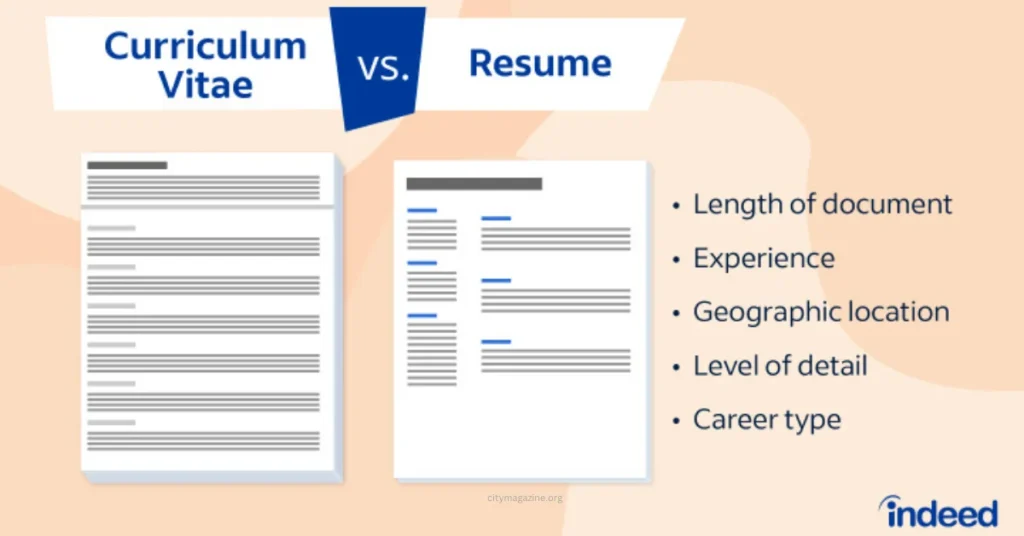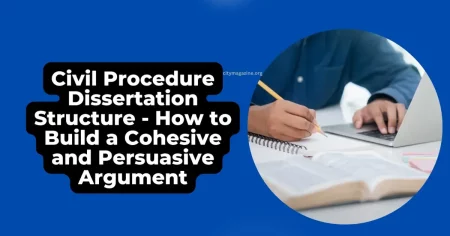Include Without a doubt, curriculum vitae is one of the most important documents in the job search process. The main goal of the resume is, of course, to get you a job. But before it happens you need to get to the crucial stage in job hunting – the interview. That’s why your resume should present you as a person worth talking to. So, what is the resume? What should it include? How to make it effective?
What is and what is not the resume
First of all, a resume is not just a simple list of your qualifications, previous jobs, skills, and contact details. It’s much, much more than that. It’s always good to think about your CV as an advertising tool. Yes, even the greatest job applicant needs some advertising. Remember, however, that your personal characteristic is and should be irrelevant to the recruiter, so don’t include in your CV any photo, or information on your age, marital status, children, etc. Creating your perfect resume, you can make your own pattern, or use one of the online CV templates – I recommend free CV templates at www.coolfreecv.com.
Organizing an effective resume
Traditionally, every resume is organized into a few sections: contact details, education, work experience, skills, and references. But first, write your name.
1. Name
Your name should be at the top of the resume and clearly stand out. Use a bigger font and write it in the center to make it visible.
2. Contact details
Nowadays the key contact information is your email, phone number, and address. Don’t use emails with unprofessional, everyday IDs. A simple email address with your name in it is always the best option. It’s best not to use your current work email address as well. When applying to a company located abroad, remember to add your international country code for the phone number. In this section, you can also include your Skype details, professional social media profile (for example on LinkedIn), or a professional web page.
3. Education and work experience
It’s up to you what you want to emphasize. If you’re at the beginning of your career path, or the position you applying for requires strong academic qualifications – put the education section first. Otherwise, it’s usually better to emphasize your professional experience. In your education section give the name of the institution and its location. Don’t forget about the date and title of your qualification. You might also include the courses you have taken, assuming they are relevant to the job.
In your employment section write about all your relevant work experience. If you’re right after school, include information about volunteering and internships. For each company write a heading with its name, location, and months and years of your employment. Use a bullet point list to describe your responsibilities and achievements.
4. Skills
Use this section to show all the skills relevant to your application, for example, languages, computer skills, etc.
5. References
In this section, you can write: “References available upon request”, or give your referees’ names and contact details upfront. Remember that at least one referee should be your current or former employer.




